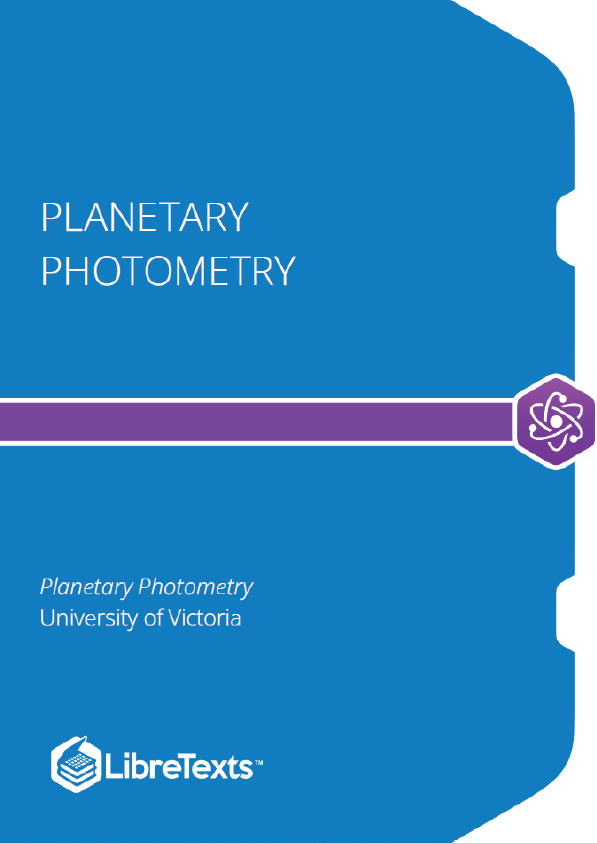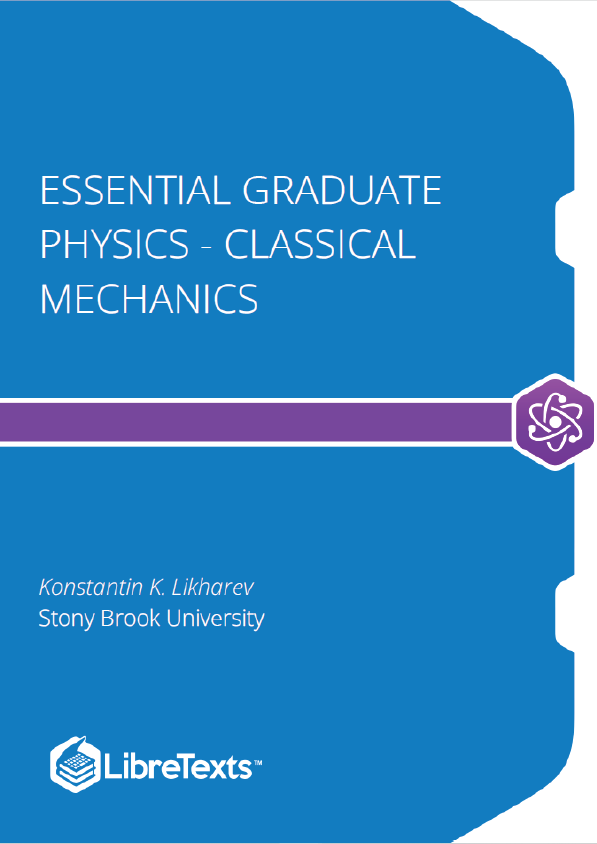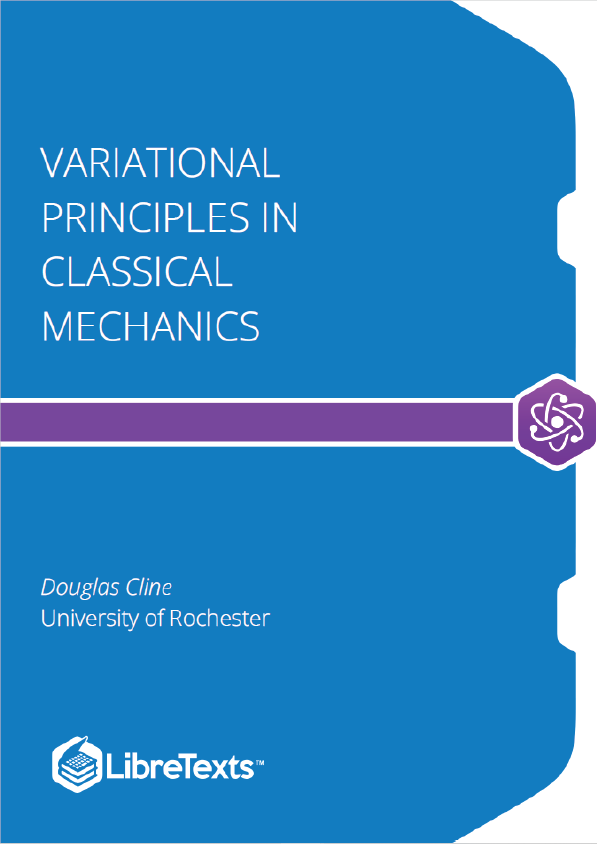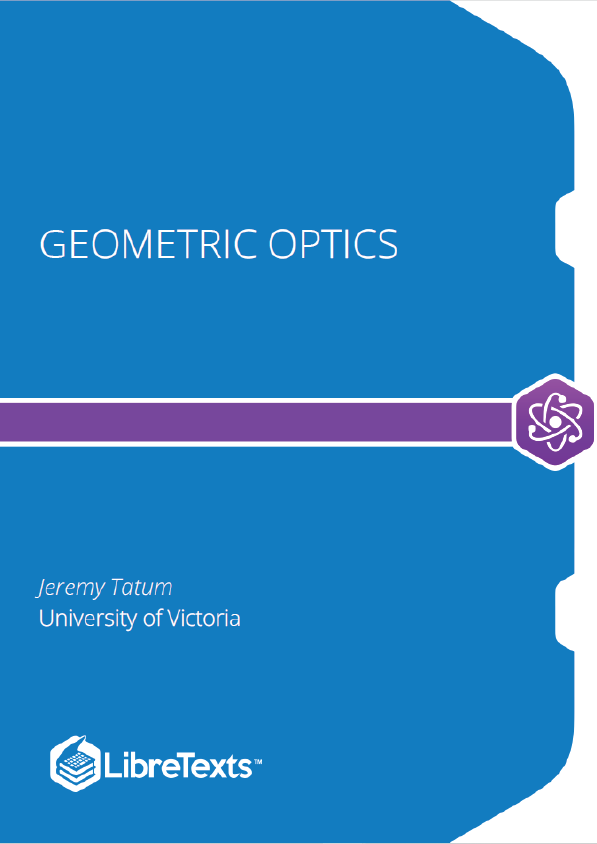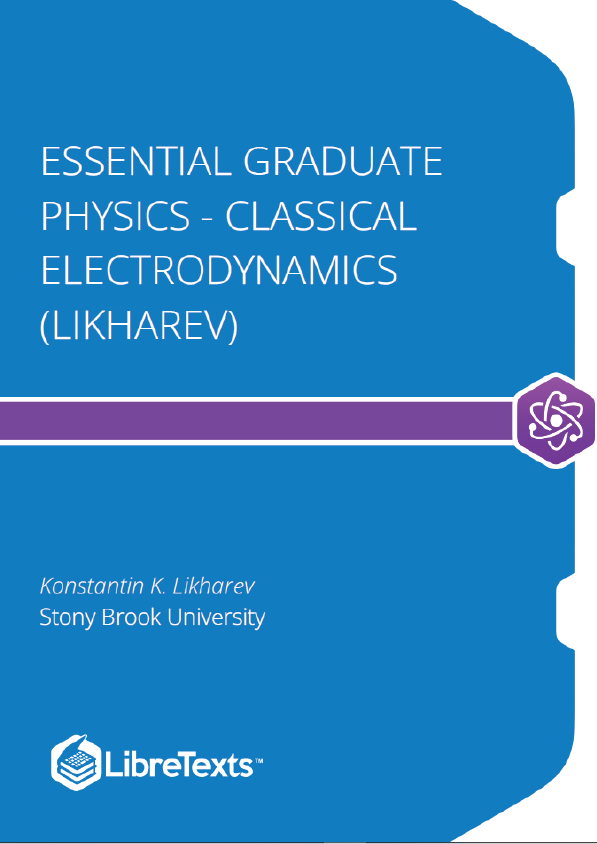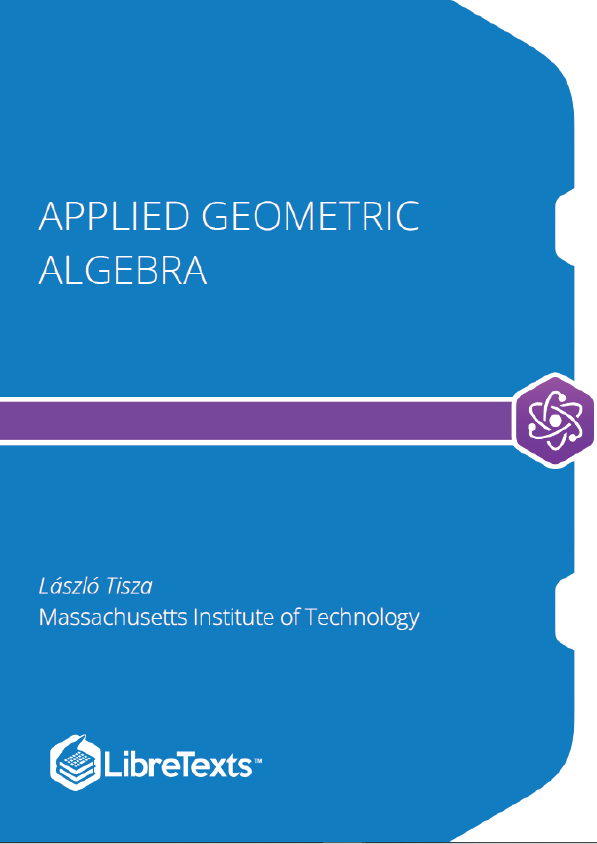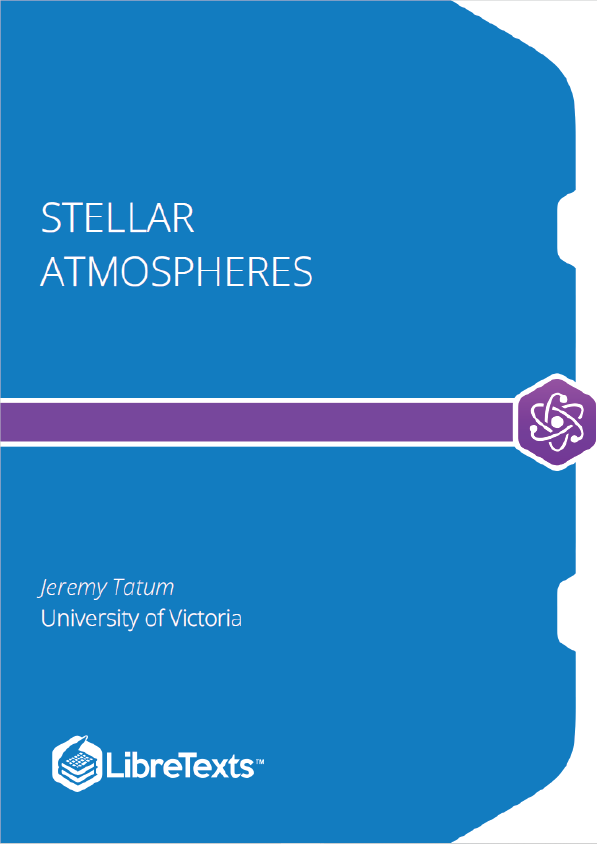The subject of planetary photometry is, in substantial part, a subset of that branch of mathematical physics known as radiative transfer, for which the classical and definitive work is that of Chandrasekhar (1960). Here we present this aspect of the subject in a modern context and although we have adhered as much as possible to the symbols, nomenclature and notation of Chandrasekhar, the following changes and additions have been made.
- The quantity called by Chandrasekhar intensity I is here called radiance L. I make no apology for this since it conforms with modern international radiometric standards.
- A plane parallel beam of radiation is specified by its radiant flux density F rather than its net flux π F, the latter being a more generally defined quantity.
- Shorthands for incident, reflected and transmitted radiation, with subscripts i, r and t have been introduced.
- Reflectance functions in addition to Chandrasekhar’s formulations are presented.
Diffuse Reflection and Transmission
The fundamental problem of planetary photometry is the diffuse reflection and transmission of a plane parallel beam of radiation by a scattering medium, which we would understand as a planetary atmosphere and/or surface or a planetary layer such as the rings of Saturn. Such media may be idealised as locally plane parallel strata in which physical properties are uniform throughout a given layer. In such cases we may use a hybrid Cartesian and spherical frame of reference in which the Oxy plane is the surface and zaxis points in the direction of the surface normal. Directions are then specified by the polar and azimuthal angles and (“curly theta” and “curly phi”) respectively. Further, with problems of this kind, rather than working in actual physical distances it is preferable to work in terms of normal optical thickness t, measured downwards from z = 0, such that . Radiation that has traversed a path of optical thickness t is attenuated by a factor of e.
Directions and Notation
The strength of a plane parallel beam of radiation is specified by the radiant flux density F watts per square metre such that F = dP/dA, where A is the area perpendicular to the direction of propagation. Thus F is equal to the net flux πF used by Chandrasekhar, with the important exception that F is used only for a plane parallel beam. Since the equation of transfer deals only in radiances, we will now address the rather intriguing question, “What is the radiance of a plane parallel beam?”
Diffuse Reflection – the Lommel-Seeliger Law
The Lommel-Seeliger reflectance rule is a time-honoured law which is still very much in use today. It is based on a model which is possibly the simplest from which a solution may be readily obtained for the source function and the equation of transfer. As such it is a single scattering model in which the scattering is isotropic, i.e. p =ϖ . Consider a surface irradiated by flux density as shown in figure 3, so that the incident radiance is given by equation (7). Of this incident radiation, only a fraction will penetrate to optical depth τ without being scattered or absorbed
